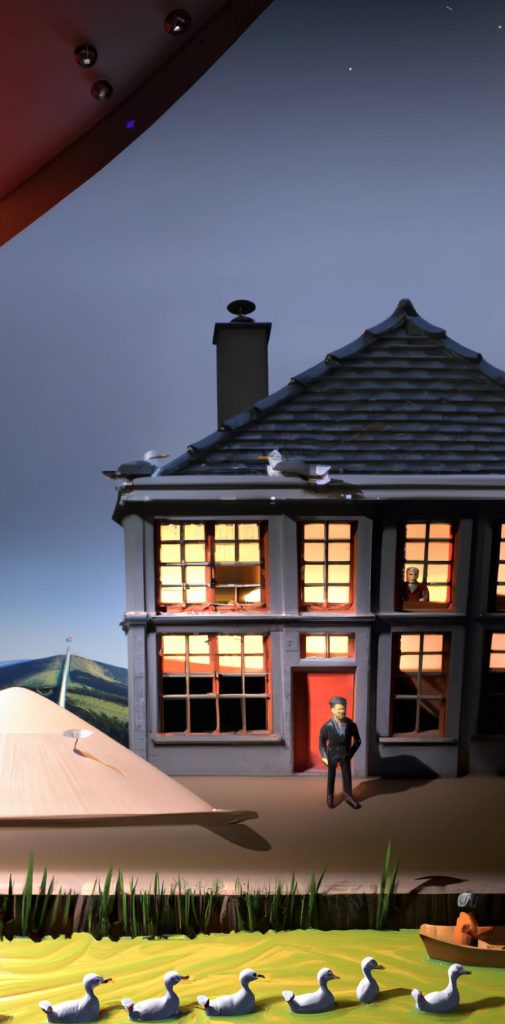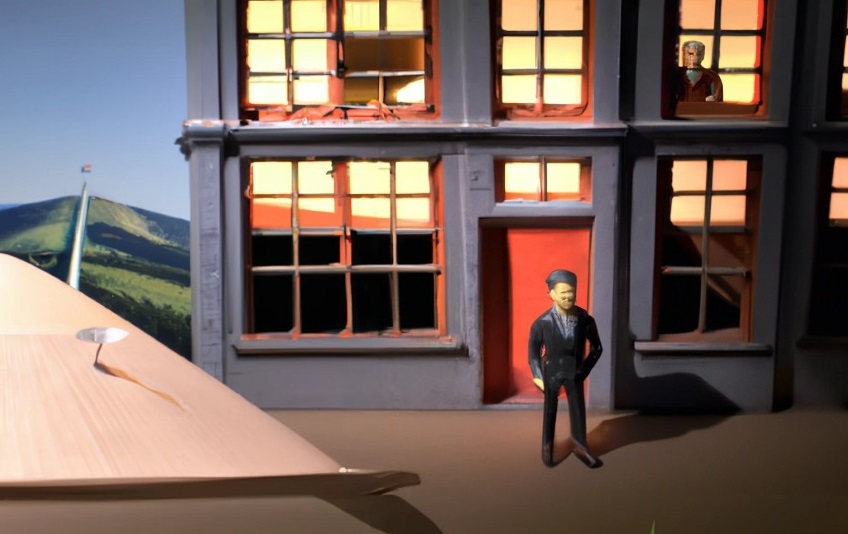I’ve been writing a lot of long, long, long blog posts recently about arts marketing (see A Beginner’s Guide To Theatre Pricing and 50 Easy-To-Do Tips). They take me a while to write, partially because I like to write stuff that I think will genuinely be of value, but mostly because they’re rammed full of some cracking jokes, and that shit takes time to create. Anyway, my next few are going to be much shorter form – probably1,000 words or less (excluding this preamble), and maybe a lot more conceptual, so yeah, enjoy that. Also… Do tweet me if this is interesting/useful/hilarious – it does make blogging (aka. writing for the ether) much more bareable and motivating. Cheers, Sam x
Creating an image for anything is time consuming.
We can have all the amazing ideas in the world for selling the arts/theatre, but unless our imagery and copy is dynamic and compelling then we can’t expect to have amazing results.
Our traditional methodology is simple. We write a brief, send it to designers, get notes from people who define themselves as creative, send it back to designers, then they send ideas that we work up into, well, the final product. That all takes time and it’s exhausting. It also doesn’t give us time to test the images we’re producing. After all, to test then we need to create images that are of a similar quality and who ever really has enough time (or any creative lead brave enough to let them do it?).
Then there’s always the tricky question of making the image – we had to create an image in March which required stock imagery that, frankly doesn’t exist – not impossible, but photoshoots are horrifically -expensive with no guarantee of success and the photoshop-type route is hugely time-consuming.
One of the team where I work (Crayg – brilliant marketeer and filmmaker) told me about AI imagery and I was intrigued. The concept is simple – using machine learning, looking at millions, maybe billions of images and learning how they link and connect – artificial intelligence can now create fairly decent imagery from text prompts.
Sounds insane right?
So I might type in a text prompt of “giant lemon eating an ant” and the AI system will create its interpretation of what that might be based on all it has learnt. It can be specific as well, as far as artistic style, lighting effects, even the camera lens you want to use.
So I decided to try it.
I’m currently finishing off my new show (shameless plug), which is about an old man in a care home and a middle aged man having a minor breakdown (it’s good, probably). I thought I’d put one of the more popular systems Dall E to the test – could it create me an image?
Prompt 1
A photo of an old man in a blue jumper and a young man sat on a bench next to a canal. There is mist over the water and it’s an autumn day.

So this straight away gave me images that were, well, great starting points. At low resolution it’s, well, astonishing. This happened in less than a minute. Take that in. 60 seconds. Not a final image, but it gave me four options to choose from to develop. Of course, my shows aren’t quite this depressing and are rather more whimsical, so I started to play with artistic styles a little.
Prompt 2
A pixel art picture of a white man with brown hair stood next to an old man with a walking frame.

I decided to simplify, to find the characters – this early one uses a pixel art style – absolutely wrong for the show as it happens, but it was interesting to try it and find out that very quickly (less than 30 seconds). Turns out that a walking frame in pixel art can… well.. Look like a pixel… yeah. You see it right?
So a slight change of direction.
Prompt 3
A claymation picture of a white man with brown hair stood next to an old man with a walking frame.

Who doesn’t like Morph? (I’ll explain this to my non-UK readers – basically it’s a British icon from the 70s who hasn’t yet been tarnished with historic offences) – I thought claymation might be interesting – it’s got a softer, more whimsical tone, but also feels handmade. I also wanted to see if it could make something that’s less, well, computery… This brief isn’t that specific at this point, but, yeah, interesting…
Prompt 4
A white man with brown hair stood next to an old man with a walking frame, isometric art.

Isometric art I love. But it’s just wrong for this show. Also, it’s worth saying that the AI frequently makes odd decisions – a walking frame frequently looks like one character either has a crap cart or a third leg. That’s where the ability to refine comes in. I found it really handy to find out what I don’t want as much as what I do – sometimes an idea can be massively misjudged, and this, well, sped up the process to realise that.
Where it all led to…
So, I decided to use a claymation style and to really try and hone in on creating an image that has the feel of the show (since making this by the way, I’ve really changed my mind on this, so you’ll never see this image again!).
I wrote a really specific brief about the younger man outside, the old man in the window of a care home, the lighting being cinematic, the warmth of the setting.
That created an image which is basically the man in the red door with the man in the window. The rest of the image was out painted. That means that I asked Dall E to imagine, with my prompts, how the rest of the image looks – so I added a roof with seagulls, a canal with an absurd amount of ducks etc…

Ethics & Usage?
This is, of course, ethically questionable. I am very aware of that. It asks questions about what is art and how is art created, but also when AI can borrow and interpret artistic styles then that’s potentially problematic in terms of ownership – what if AI is used to rip of my unique style, and is a style ever truly unique?
However… This technology also offers something else – the ability to be creative in a different way, to hone and develop ideas, to develop the tuning skills to create something amazing, or simply as a sketchbook to look at options. It feels like it could be part of the evolutionary growth that moved us from caves and coals, to paint and pencil, to photographs, photoshop and fakes.
I’m not sure fully how I feel about it, other than interested in how it might inspire me? I also wonder if really smart designers will use it as a tool for inspiration, innovation and experimentation, rather than a rival? Might find it a fascinating assistant to the brilliant designers out there?
Less than 1000 words?
Nailed.
